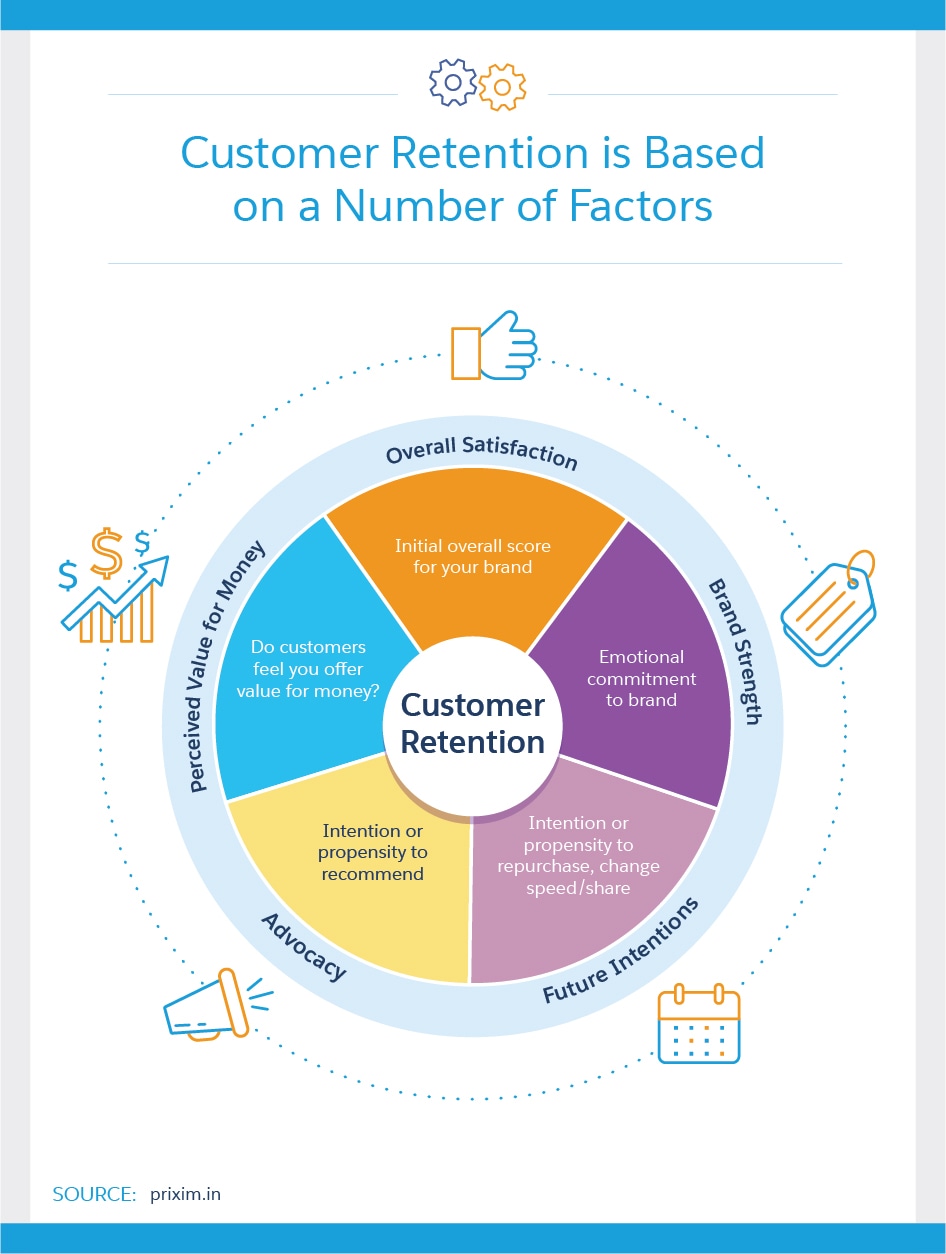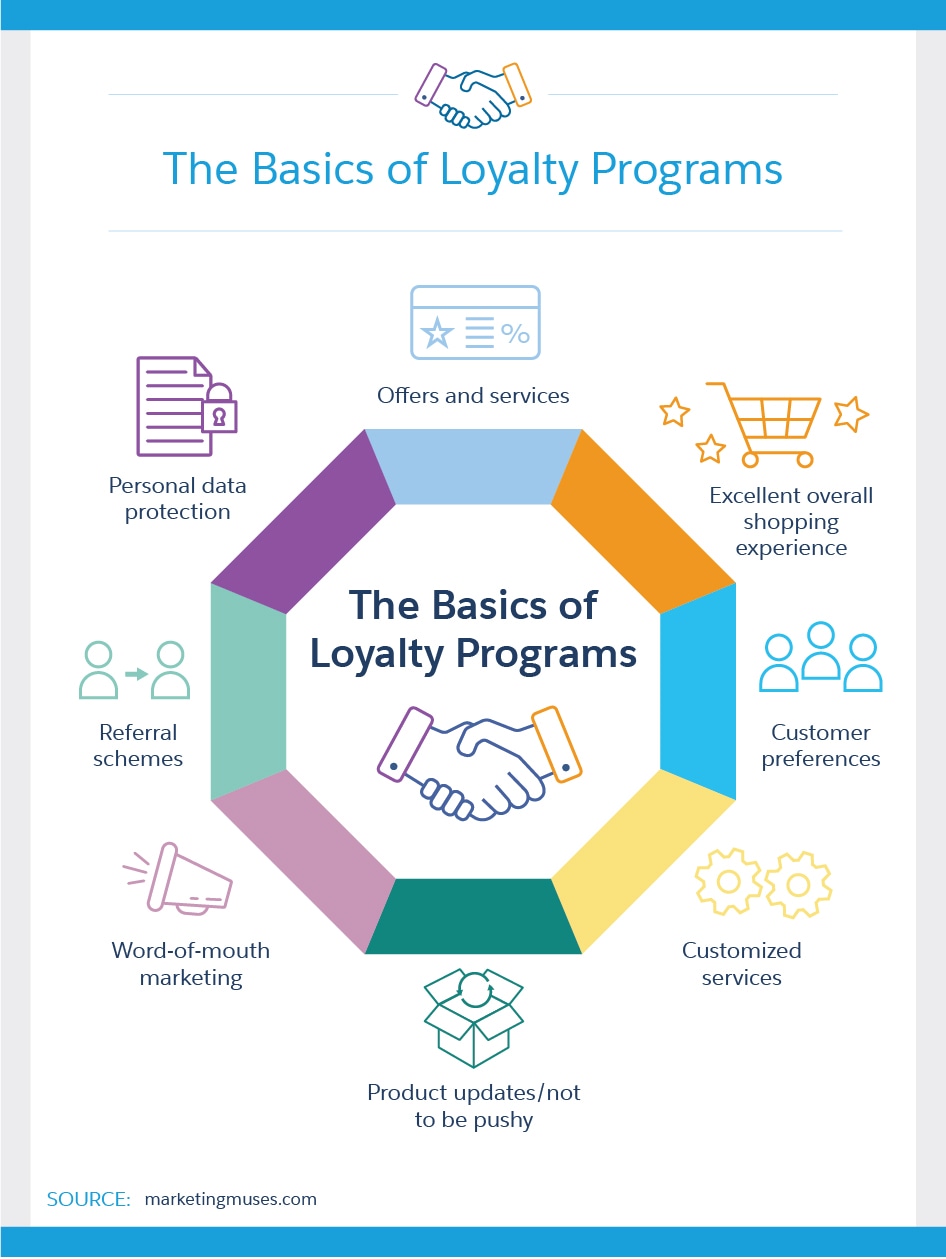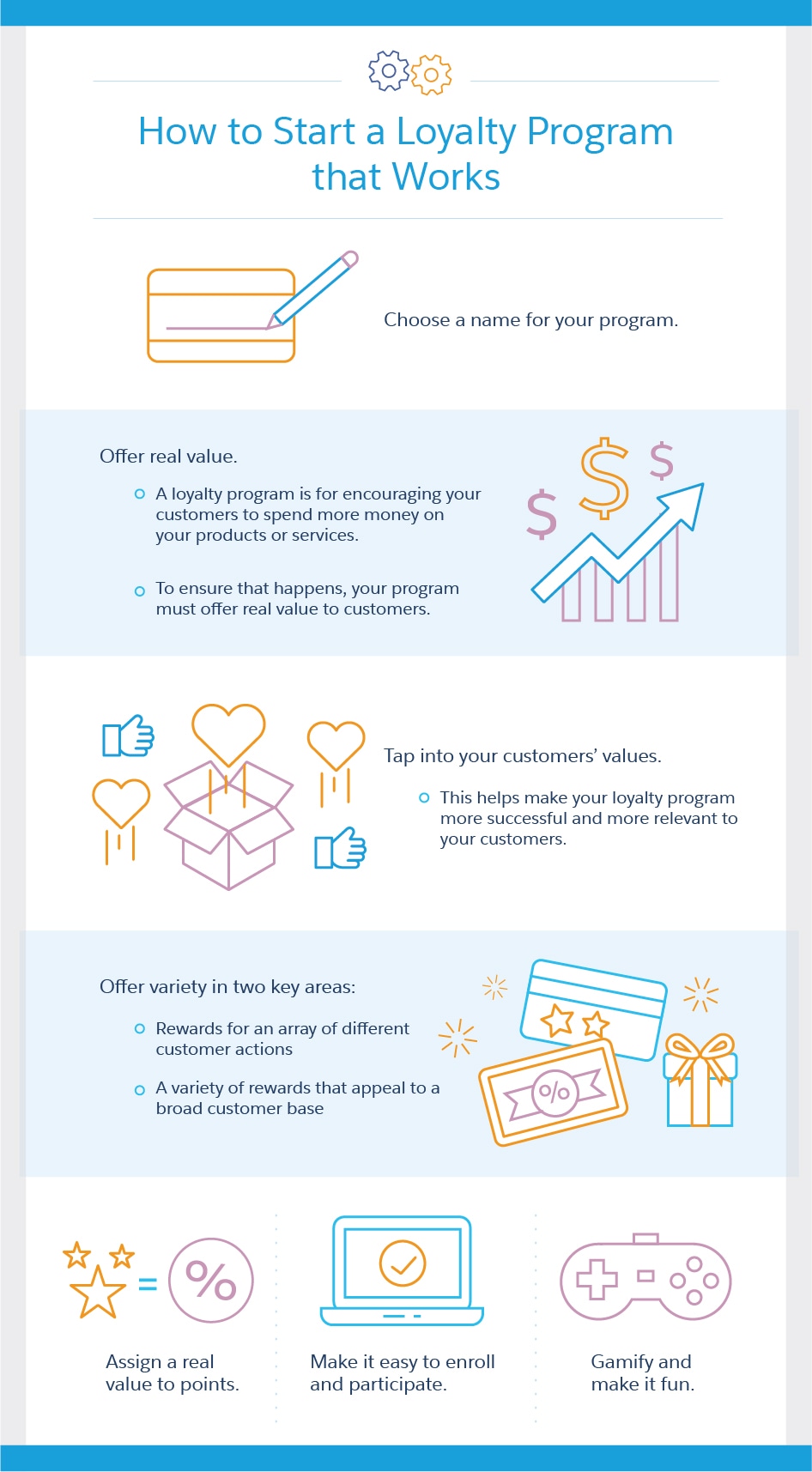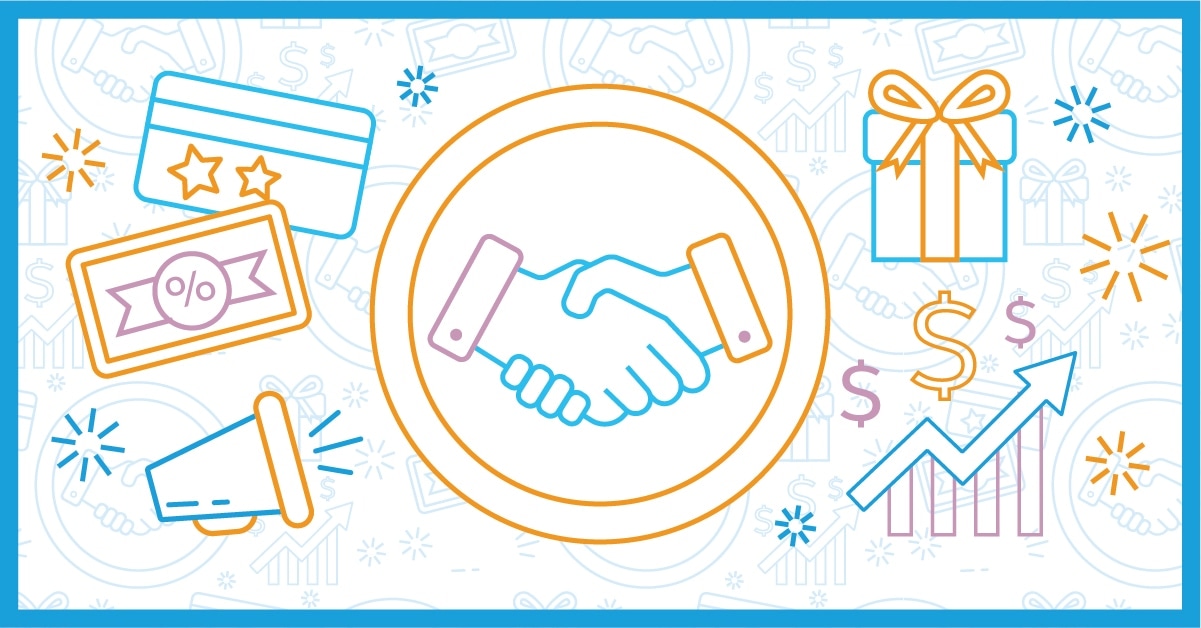What is the value of each of your existing customers? It’s likely you know exactly what that value is, based on historical data and both short- and long-term projections of average revenue realized from your customers.
But whatever that projected value — for conversational purposes, let’s just say $500 per year — that number doesn’t tell the whole story. Because, as the old saying goes, it’s much less expensive to keep an existing customer than to acquire a new customer. Therefore, the value of your existing customer is worth much more than $500 per year, in comparison to acquiring a new customer.
How much more?
That number can vary considerably between companies and between industries. But an oft-cited 2014 Harvard Business Review article by Amy Gallo reports that “acquiring a new customer is anywhere from five to 25 times more expensive than retaining an existing one.”
But though it’s commonly accepted wisdom that customer retention is cheaper than customer acquisition, that still doesn’t quite tell the whole story of the value of your existing customers.
Customer Retention is Based on a Number of Factors

The Real Value of Keeping a Customer
Just how much value can you realize from keeping each of your existing customers? The numbers are rather astounding — and, depending upon your point of view, also rather frightening.
Frederich F. Reichheld, business strategist and author of books such as The Loyalty Effect and Loyalty Rules!, has performed extensive research about the benefits of keeping customers and the costs of losing them. His research, spanning many years and many industries, has yielded some startling discoveries.
Nearly two decades ago, Reichheld reported in the Harvard Business Review that his research found that “increasing customer retention rates by five per cent increases profits by 25 per cent to 95 per cent.” How can simply retaining a customer be so profitable? Reichheld found that the early years of the customer-company relationship are less profitable — and sometimes even unprofitable — because of the costs of acquiring the customer and nurturing the relationship. But in later years, the costs of serving that customer often plummet and, correspondingly, the profits realized from that customer soar.
The obvious takeaway is that keeping your customers loyal for the long-term is of crucial importance. Doing so can offer your company a substantial competitive edge. Conversely, the failure to keep customers loyal can significantly dull your competitive edge.
But cultivating loyalty isn’t as simple as just keeping your customers satisfied.
Satisfaction Doesn’t Assure Loyalty
Unfortunately, customer happiness and customer loyalty are not synonymous. Though the former is certainly a necessary component of the latter, customer happiness does not assure loyalty. And it’s easy to confuse the two.
As Dana Severson notes in an article for Inc., a loyal customer is far more committed to your brand. “Customer loyalty measures something more than satisfaction — it measures whether someone is willing to put their name on the line and recommend your product or service to others, or if they are willing to stick with your product/service in spite of an occasional poor experience.”
Ultimately, Severson explains, customer satisfaction is little more than a feel-good metric that offers marginal real-world benefits. Customers that are simply satisfied, for example, are not more likely to:
- Buy more of your product or service
- Remain a customer longer than not-so-satisfied customers
- Provide word-of-mouth recommendations about your company
Loyal customers, conversely, provide all of those benefits, plus more.
How do you convert “simply satisfied” customers into loyal customers? Customer engagement is the key, and customer loyalty programs can be astoundingly effective in driving customer engagement.
The Basics of Loyalty Programs
- Offers and services
- Excellent overall shopping experience
- Customer preferences
- Customized services
- Product updates / not to be pushy
- Referral schemes
- Word-of-mouth marketing
- Personal data protection

Why It’s Wise to Incentivize
Customer loyalty programs incentivize the actions of customer engagement that lead to enhanced loyalty. That’s why customer loyalty programs are booming in popularity.
A recent loyalty census report found that Canadian consumers held 175 million loyalty program memberships in 2017 — a 35 per cent increase from 2015. Melissa Fruend, the author of the report, says, “The membership increase signals that Canadians still find loyalty programs fun and rewarding. Successful programs today are bridging the gap between loyalty and great customer experience.”
But the report also reveals a potential problem with customer loyalty programs: Nearly half of Canadians polled felt that loyalty programs amounted to little more than marketing schemes.
Starting an Effective Customer Loyalty Program
If you’re considering implementing a customer loyalty program for your company, the following tips will help to ensure that your program is successful — and not simply regarded as a marketing scheme.
- The Name Game: Choose carefully when you select a name for your program. The name should be enticing and spark curiosity from your customers. The name of your program also helps your program stand out from the other programs that compete for your customers’ time and attention.
- Offer Real Value: Let’s be real: The ultimate goal of your loyalty program is about encouraging your customers to spend more money on your products or services. You know it; they know it. That’s why it’s crucial that your program offer real value to customers.
- Tap into Your Customers’ Values: According to the 2017 Cone Communications CSR Study, “87 per cent [of customers] will purchase a product because a company advocated for an issue they cared about and 76 per cent will refuse to purchase a company’s products or services upon learning it supported an issue contrary to their beliefs.” You can tap into the values of your customers to make your loyalty program more successful and more relevant to your customers. Consider the example of TOMS Shoes’ One for One® program: A person in need is helped with every TOMS product purchased.
- Spice with Variety: As the saying goes, variety is the spice of life. Variety can also add spice — and life — to loyalty programs. Your loyalty program should offer variety in two key areas:
- Rewards for an array of different customer actions. This encourages both a broader base of customer engagement and a greater per-customer depth of engagement.
- A variety of rewards that appeal to a broad customer base. This helps keep the program fresh and interesting for long-time participants.
You can also explore partnership opportunities with other companies as a way to add even more spice to your loyalty program. TOMS Shoes, for example, partners with charitable programs such as Baby2Baby and Save the Children.
- Assign a Real Value to Points: Many loyalty programs are points-based; the customer accrues points for certain actions, and later redeems the points for rewards. That’s a good plan, but a better plan is when the points are assigned a real monetary value. Customers should be able to look at the points they’ve earned and think: “Wow, I’m up to $100 worth of points!” That’s much more motivating than, “Oh, I have 100 points.”
- Make It Easy to Enroll and Participate: Customers should be provided with multiple and recurring opportunities to enroll in your loyalty program. They should be alerted frequently to the benefits that your loyalty program offers — benefits they miss out on if they aren’t enrolled. And participation should be easy, without hoops to jump through, or complicated and confusing rules.
- Gamify: Loyalty programs should be fun, and there’s no better way to make it fun than by turning it into a game. You can even include elements of friendly competition to provide more of a game-like feel to the program. Kelsey Jones writes for Salesforce, “People usually have the same buying trends and patterns as their friends, making the ‘your friends claimed’ call to action within Target’s [Cartwheel] app especially well-placed.”
Don’t fall into the trap of thinking your program design is a once-and-done task. You’ll be wise to constantly test different program campaigns and rewards. After all, there’s no better way to discover what will most entice your customers to participate.
How to Start a Loyalty Program that Works
- Choose a name for your program.
- Offer real value.
- A loyalty program is for encouraging your customers to spend more money on your products or services.
- To ensure that happens, your program must offer real value to customers.
- Tap into your customers’ values.
- This helps make your loyalty program more successful and more relevant to your customers.
- Offer variety in two key areas:
- Rewards for an array of different customer actions.
- A variety of rewards that appeal to a broad customer base.
- Assign a real value to points.
- Make it easy to enroll and participate.
- Gamify and make it fun

Listen and Learn
Once your program is rolling, it will provide you with a great opportunity to learn more about your customers. Use social listening (also known as social media monitoring) to keep tabs on customers’ reactions to your loyalty program. This can provide a wealth of data that extends far beyond the bounds of your program. You’re likely to be rewarded with insights about your customers that may never have been revealed without your loyalty program.
And, of course, you can use what you learn to constantly tweak your loyalty program to more fully sync with customers’ wants and needs.
Ultimately, your loyalty program can help your brand compete more effectively and achieve greater success by leveraging your most valuable asset: your existing customers. Without loyal customers, no business can survive. And loyalty, after all, really should be rewarded.
Share "Make Customers Loyal for the Biggest Competitive Edge" On Your Site




